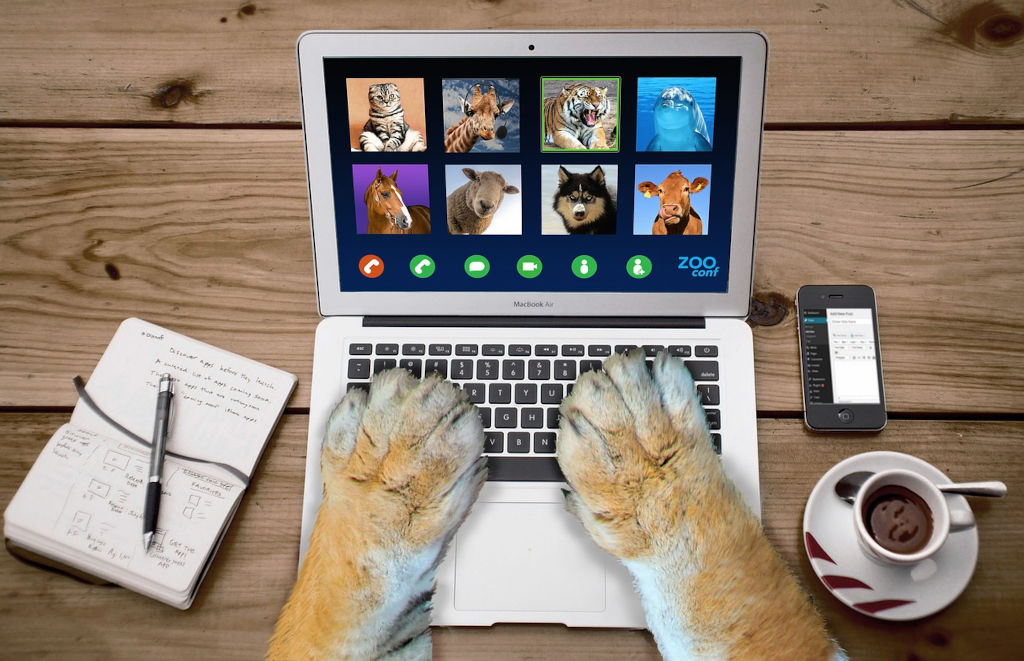Remote work has redefined the concept of collaboration. Gone are the days of crowded conference rooms and spontaneous brainstorming sessions around a communal whiteboard. Instead, we navigate virtual landscapes, connecting with colleagues from around the globe. But how do we master the art of remote collaboration and make sure our teams stay productive and cohesive?
Building a Strong Foundation
Successful remote collaboration begins with the right tools. Investing in reliable communication platforms like Slack, Microsoft Teams, or Zoom is essential. These tools help with instant messaging, video calls, and file sharing, making it easier to stay connected with your team. Additionally, project management tools like Trello, Asana, or Monday.com help organize tasks, set deadlines, and track progress. These platforms provide a centralized space for managing projects, ensuring everyone knows their responsibilities and deadlines.
Establishing Clear Communication Channels
Effective communication is the backbone of any team, but it’s even more critical when working remotely. Setting clear expectations for communication frequency and channels is vital. Regular check-ins and updates help keep everyone on the same page. For instance, daily stand-up meetings can make sure team members share their progress and challenges. Video calls should be used for important discussions to add a personal touch and reduce the risk of misunderstandings that can occur through text-based communication.
Fostering a Collaborative Culture
Creating a culture of openness and collaboration is essential for remote teams. Encourage team members to share ideas and give feedback through virtual spaces like chat rooms or dedicated channels. Collaborative tools like Google Docs or shared whiteboards can allow real-time collaboration on projects. Regularly scheduled brainstorming sessions can help keep the creative flow. It’s also important to recognize and celebrate achievements to boost morale and foster a sense of community.
Embracing Flexibility and Trust
Trust is a cornerstone of a successful remote work environment. Trust your team members to manage their time and deliver results. Embrace flexibility, understanding that work-life balance can look different for everyone. For example, some team members are more productive early in the morning, while others prefer working late at night. Focus on outcomes rather than hours logged, and give the autonomy for employees to work in a way that suits them best.
Conclusion
Mastering remote collaboration requires a blend of the right tools, clear communication, and a culture of trust. By fostering a collaborative environment, teams can thrive and achieve great things, no matter where they are in the world. The ability to work together effectively, despite physical distance, is a skill that will continue to be invaluable in the evolving landscape of work.



